
Ball Bay: A Serene Escape on Norfolk Island
Discover the tranquil beauty of Ball Bay on Norfolk Island, where lush landscapes, rich history, and serene waters create an unforgettable retreat.
Ball Bay, nestled on the eastern coast of Norfolk Island, offers an idyllic retreat for those seeking tranquility and natural beauty. This small bay is surrounded by lush greenery and rugged cliffs, creating a picturesque landscape that captivates visitors at first sight. The gentle waves and clear waters make it a perfect spot for a relaxing day by the sea. One of the highlights of Ball Bay is its rich history. The area played a pivotal role during the early settlement of Norfolk Island, and remnants of its past can still be explored. A visit to Ball Bay is not just a visual treat but also a journey through time, providing a glimpse into the island's heritage. For nature enthusiasts, Ball Bay is a haven. The surrounding area is home to diverse flora and fauna, offering excellent opportunities for birdwatching and nature walks. The serene environment encourages peaceful reflection and a deep connection with nature, making it a favored spot for those looking to unwind and rejuvenate. Whether you are interested in history, nature, or simply enjoying a quiet day by the ocean, Ball Bay on Norfolk Island is a destination that promises a memorable experience.
Local tips in Ball Bay
- Visit Ball Bay during low tide to explore the tidal pools and marine life.
- Carry a picnic; the area has limited dining options but offers perfect spots for a scenic meal.
- Wear comfortable walking shoes; the terrain can be rocky and uneven.
- Bring binoculars for birdwatching as the area is home to many unique bird species.
- Respect the natural habitat; avoid disturbing wildlife and plant life.
Ball Bay: A Serene Escape on Norfolk Island
Ball Bay, nestled on the eastern coast of Norfolk Island, offers an idyllic retreat for those seeking tranquility and natural beauty. This small bay is surrounded by lush greenery and rugged cliffs, creating a picturesque landscape that captivates visitors at first sight. The gentle waves and clear waters make it a perfect spot for a relaxing day by the sea. One of the highlights of Ball Bay is its rich history. The area played a pivotal role during the early settlement of Norfolk Island, and remnants of its past can still be explored. A visit to Ball Bay is not just a visual treat but also a journey through time, providing a glimpse into the island's heritage. For nature enthusiasts, Ball Bay is a haven. The surrounding area is home to diverse flora and fauna, offering excellent opportunities for birdwatching and nature walks. The serene environment encourages peaceful reflection and a deep connection with nature, making it a favored spot for those looking to unwind and rejuvenate. Whether you are interested in history, nature, or simply enjoying a quiet day by the ocean, Ball Bay on Norfolk Island is a destination that promises a memorable experience.
When is the best time to go to Ball Bay?
Iconic landmarks you can’t miss
The Olive
Experience the flavors of Norfolk Island at The Olive, where fresh local ingredients meet a warm, inviting atmosphere for unforgettable dining.
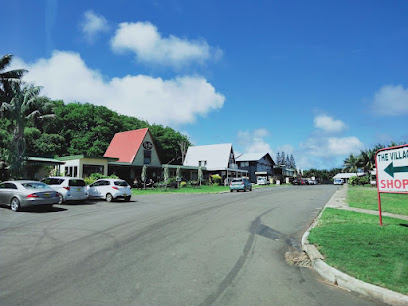
Hilli Restaurant & Cafe
Discover the flavors of Norfolk Island at Hilli Restaurant & Cafe, where local ingredients meet culinary artistry in a stunning setting.
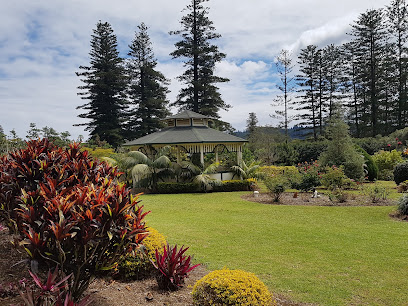
Norfolk Island
Explore Norfolk Island's stunning landscapes, rich history, and vibrant culture in a serene South Pacific paradise.
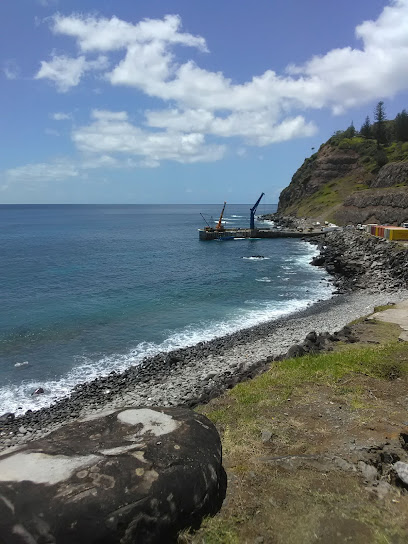
Captain Cook Lookout
Discover the stunning vistas and historical significance of Captain Cook Lookout on Norfolk Island, a must-visit for travelers seeking natural beauty.
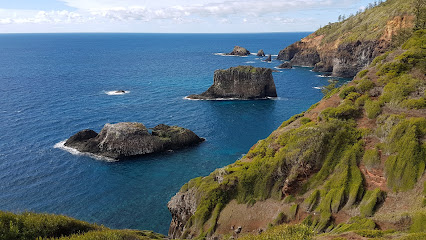
Cumberland Resort and Spa
Discover the ultimate relaxation at Cumberland Resort and Spa, a luxurious haven nestled in the heart of Norfolk Island's breathtaking landscapes.
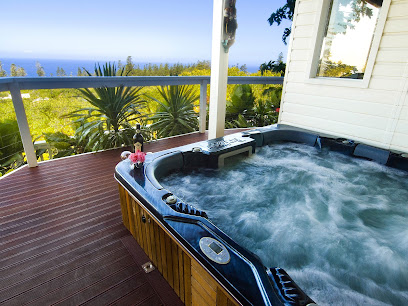
Channers On Norfolk - Norfolk Island Holiday Packages, Tours, Accommodation | Travel to Norfolk Island
Discover the tranquil beauty of Norfolk Island at Channers On Norfolk, where comfort meets adventure in a stunning island paradise.
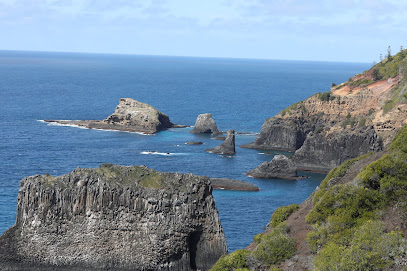
Norfolk Island National Park
Explore the breathtaking landscapes and rich heritage of Norfolk Island National Park, a unique destination for nature lovers and history enthusiasts.
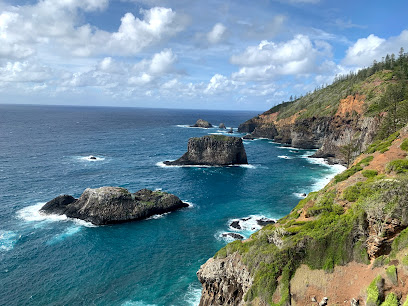
Aloha Apartments
Discover the charm of Aloha Apartments on Norfolk Island, where comfort meets convenience for an unforgettable island escape.
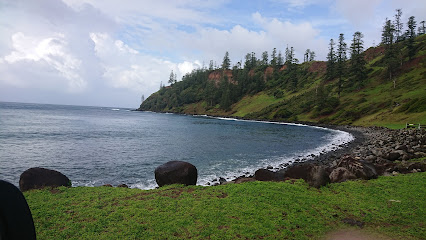
Norfolk Island International Airport
Experience the beauty and culture of Norfolk Island through its International Airport, your gateway to a unique island adventure.
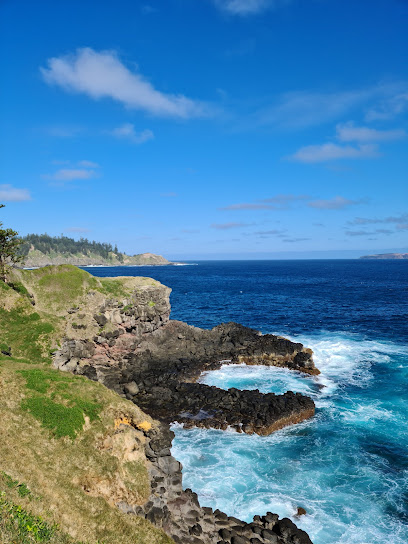
St Barnabas Chapel
Discover the tranquil beauty and historic significance of St Barnabas Chapel, a must-visit spiritual haven on Norfolk Island.
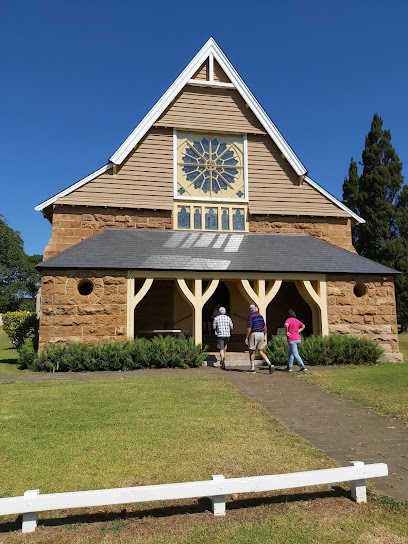
Visitor Information Centre
Explore the wonders of Norfolk Island through its Visitor Information Centre - your essential guide to adventure, history, and local culture.
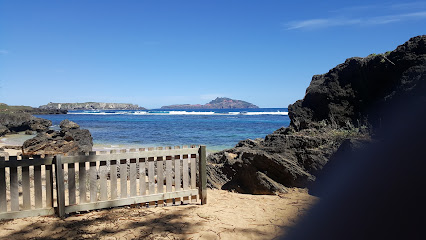
Queen Elizabeth Lookout
Explore the breathtaking vistas at Queen Elizabeth Lookout, a top tourist attraction on Norfolk Island offering stunning ocean views and lush landscapes.

Hundred Acres Reserve
Discover the breathtaking beauty of Hundred Acres Reserve on Norfolk Island, a tranquil haven for nature lovers and adventure seekers alike.
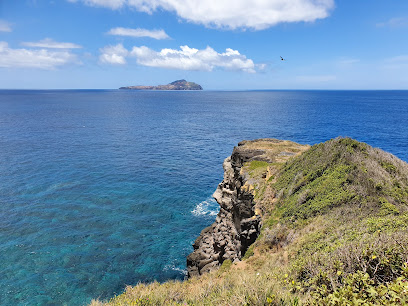
No 10 Quality Row House Museum
Discover the rich history of Norfolk Island at No 10 Quality Row House Museum, where engaging exhibits and captivating stories await.
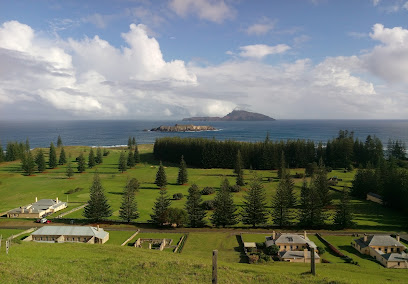
Emily Bay
Experience the tranquility and beauty of Emily Bay on Norfolk Island, a perfect blend of nature, history, and adventure.
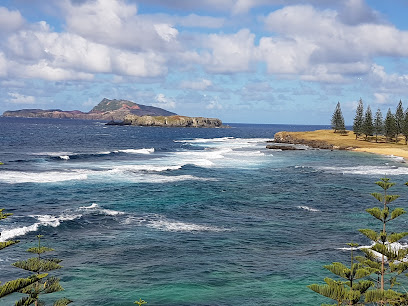
Unmissable attractions to see
Norfolk Island RSL Memorial Club
Discover the heart of Norfolk Island at the RSL Memorial Club, where community spirit and local culture come together in a vibrant social hub.
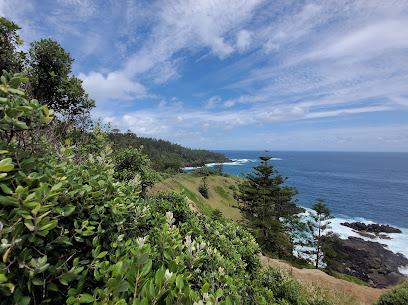
Norfolk Island Liquor Bond Store
Explore the finest selection of local and imported spirits at the Norfolk Island Liquor Bond Store, your go-to destination for beverages on your island adventure.
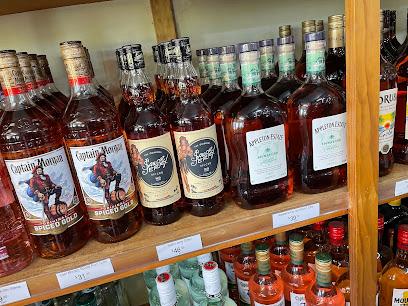
Kingston UNESCO World Heritage Site
Explore Kingston UNESCO World Heritage Site on Norfolk Island, where history meets stunning natural beauty in a captivating island setting.
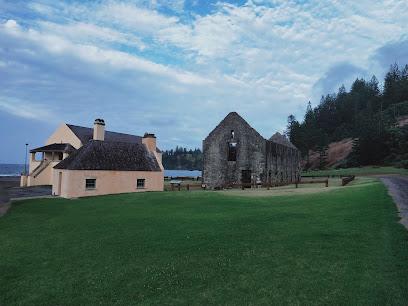
Norfolk Island Liquors
Discover the taste of Norfolk Island at Norfolk Island Liquors, your go-to destination for local and imported spirits that celebrate island life.
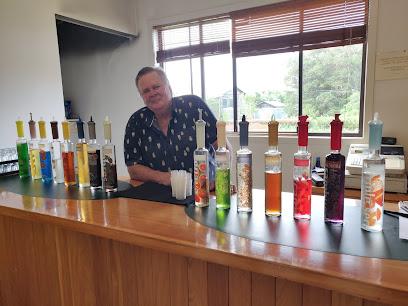
Essential places to dine
The Olive
Discover The Olive on Norfolk Island – where fresh local ingredients meet exquisite dining in an inviting atmosphere.
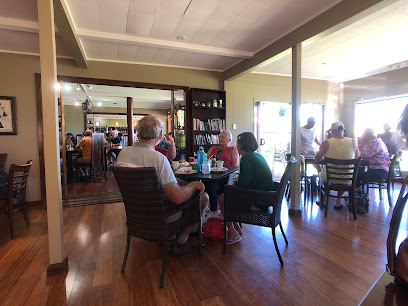
Hilli Restaurant & Cafe
Experience exquisite local flavors at Hilli Restaurant & Cafe on Norfolk Island - where great food meets breathtaking views.

Bounty Bar & Grill
Discover exquisite Western cuisine at Bounty Bar & Grill on Norfolk Island—where every meal is a culinary adventure amidst breathtaking views.
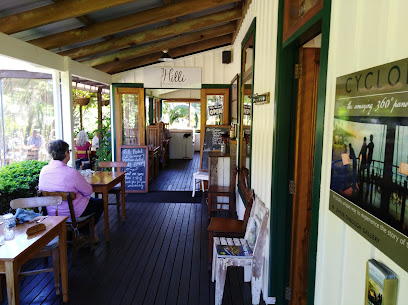
Channers On Norfolk - Norfolk Island Holiday Packages, Tours, Accommodation | Travel to Norfolk Island
Experience Comfort and Nature at Channers On Norfolk - Your Perfect Holiday Getaway on Norfolk Island

Norfolk Island National Park
Discover stunning landscapes and unique wildlife at Norfolk Island National Park - a paradise for nature lovers and adventure seekers.
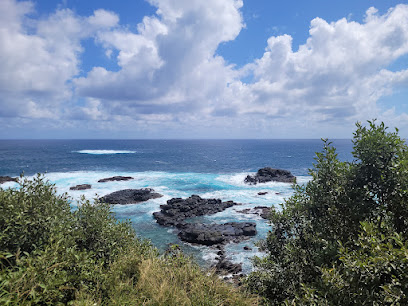
St Barnabas Chapel
Discover St Barnabas Chapel on Norfolk Island: A historic church blending architectural beauty with rich local heritage.

The Homestead Restaurant
Experience exquisite Western cuisine at The Homestead Restaurant on Norfolk Island, surrounded by historic Moreton Bay fig trees and breathtaking views.
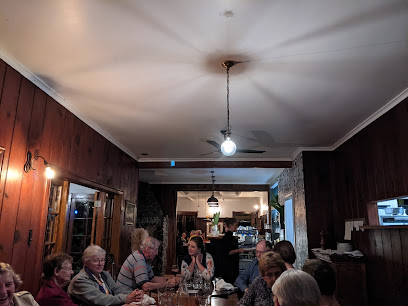
Visitor Information Centre
Explore Norfolk Island's beauty with essential insights from the Visitor Information Centre – your starting point for adventure.
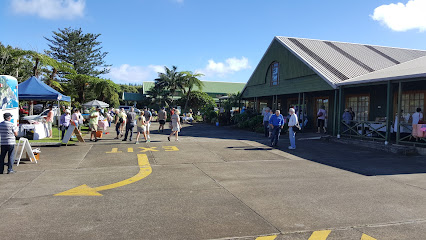
Salty Beer Garden
Experience the perfect blend of family-friendly dining and scenic views at Salty Beer Garden in Norfolk Island.
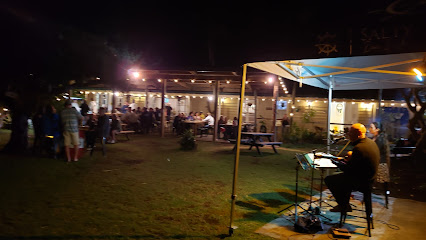
Emily Bay
Experience tranquility at Emily Bay - a stunning bay on Norfolk Island known for its crystal-clear waters and natural beauty.
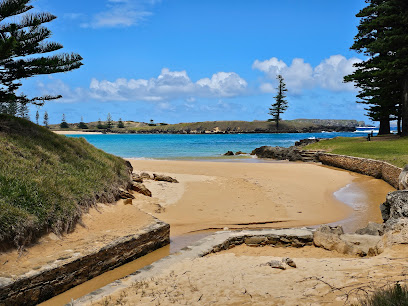
Endeavour Lodge
Experience tranquility at Endeavour Lodge on Norfolk Island – your perfect holiday apartment rental amidst stunning landscapes and rich history.
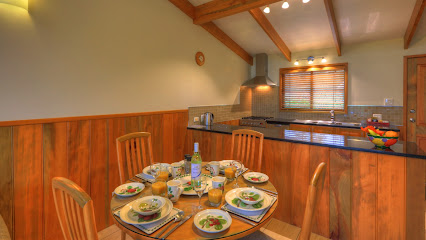
Fletcher’s Mutiny Cyclorama
Discover Norfolk Island's fascinating past at Fletcher’s Mutiny Cyclorama - a heritage museum showcasing captivating stories through art.

Norfolk Island Transfers
Experience seamless travel with Norfolk Island Transfers—your gateway to exploring breathtaking landscapes and rich heritage.
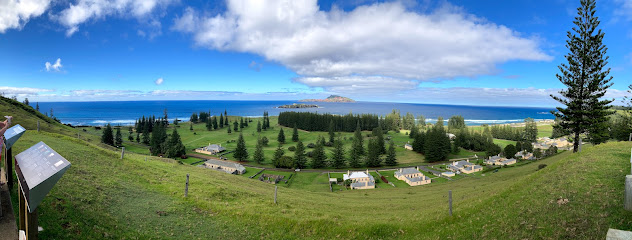
The Reef Takeaway
Discover fresh fish and chips at The Reef Takeaway on Norfolk Island - a local favorite for delicious seafood delights.
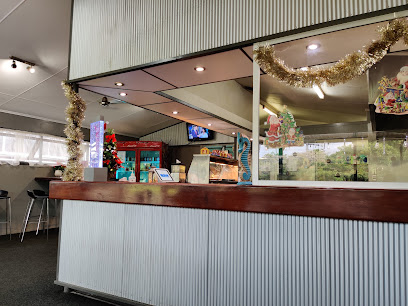
Forrester Court Norfolk Island
Experience tranquility at Forrester Court Norfolk Island – your ultimate retreat with luxurious accommodations and stunning natural vistas.

Markets, malls and hidden boutiques
The Olive
Discover the culinary delights of The Olive on Norfolk Island, where fresh ingredients meet island charm in a welcoming atmosphere.
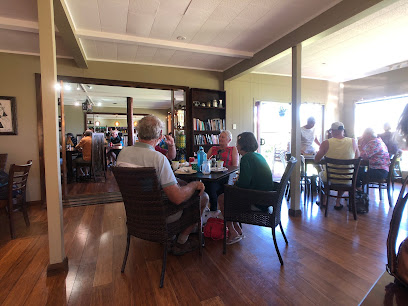
Hilli Restaurant & Cafe
Experience the vibrant flavors of Norfolk Island at Hilli Restaurant & Cafe, where local ingredients meet culinary artistry in a stunning setting.
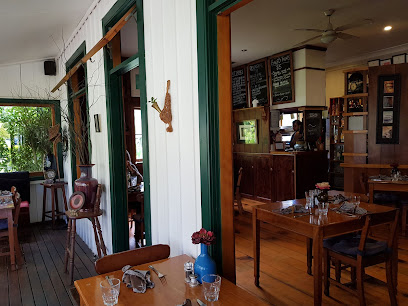
Governor's Lodge
Experience the serene charm of Governor's Lodge, a tranquil resort hotel in Norfolk Island, where nature meets history in perfect harmony.
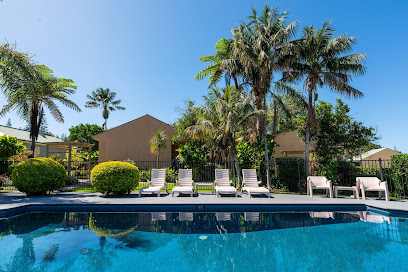
Channers On Norfolk - Norfolk Island Holiday Packages, Tours, Accommodation | Travel to Norfolk Island
Discover the charm of Norfolk Island while enjoying the comfort of Channers On Norfolk, your perfect self-catering holiday apartment.
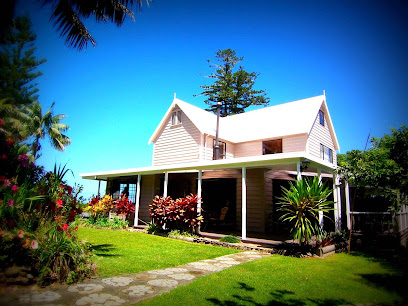
Norfolk Island National Park
Explore Norfolk Island National Park: a stunning natural oasis filled with unique wildlife, breathtaking landscapes, and rich cultural history waiting to be discovered.
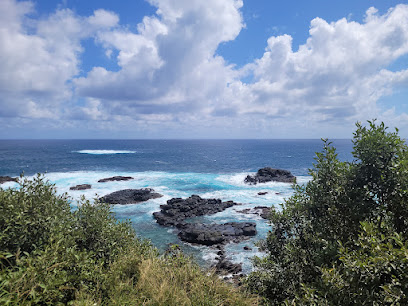
Norfolk Island International Airport
Discover the beauty of Norfolk Island, starting your journey at the welcoming Norfolk Island International Airport.
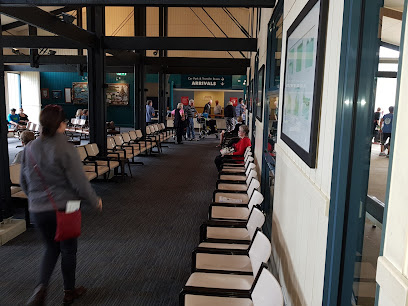
St Barnabas Chapel
Discover the serene beauty and rich heritage of St Barnabas Chapel, a historic church on Norfolk Island, perfect for reflection and exploration.
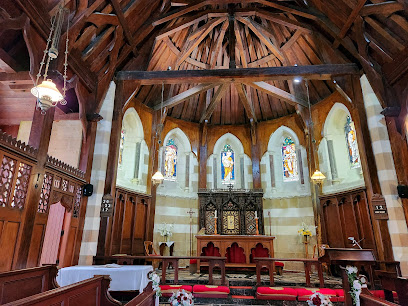
Bounty Museum
Explore the rich maritime history of the HMS Bounty at the Bounty Museum on Norfolk Island, where captivating stories and artifacts await.
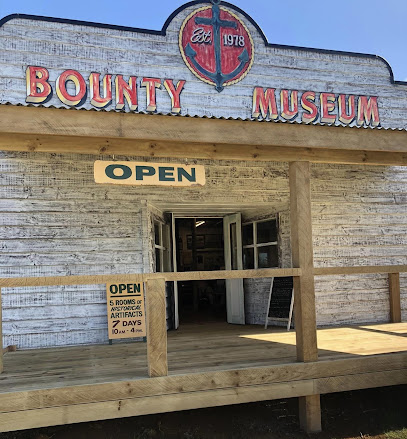
Visitor Information Centre
Discover the rich culture and stunning landscapes of Norfolk Island at the Visitor Information Centre, your gateway to unforgettable experiences.
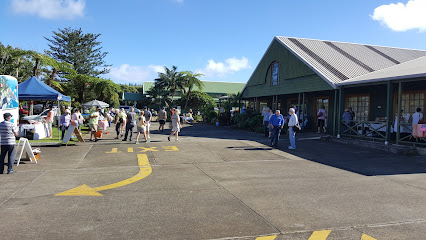
Hundred Acres Reserve
Experience the tranquility of nature at Hundred Acres Reserve, a stunning preserve on Norfolk Island, perfect for outdoor enthusiasts and nature lovers.
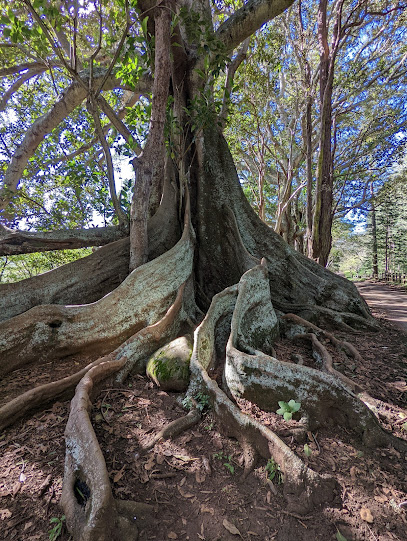
Norfolk Island Liquor Bond Store
Explore Norfolk Island Liquor Bond Store for a wide range of local and international spirits, wines, and beers in a charming setting.
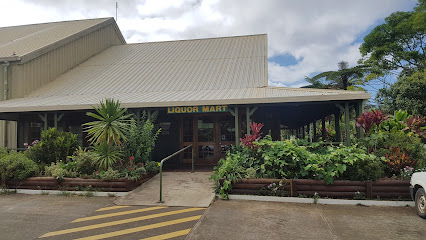
Pete's Place
Explore Pete's Place, the heart of Burnt Pine, where local flavors and island charm come together in a delightful shopping experience.
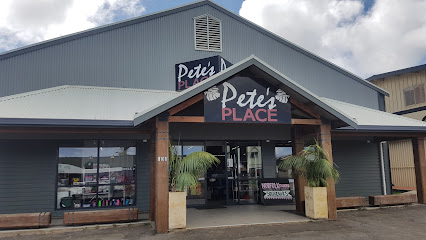
P & R Groceries
Discover local flavors and essentials at P & R Groceries, the heart of shopping on Norfolk Island, offering a warm welcome and unique products.

Emily Bay
Experience the breathtaking beauty and serene atmosphere of Emily Bay, Norfolk Island's premier destination for relaxation and adventure.
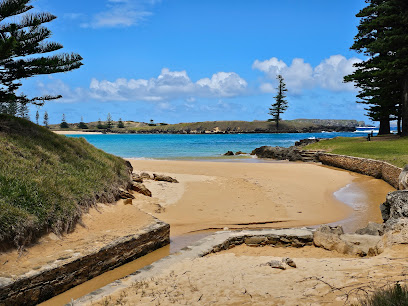
The Hilli Goat
Experience the charm of Norfolk Island at The Hilli Goat, a delightful farm showcasing artisanal cheeses and local produce in a stunning natural setting.
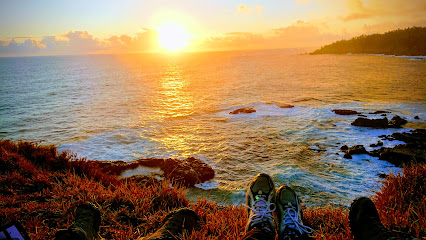
Essential bars & hidden hideouts
The Olive
Experience the best of Norfolk Island dining at The Olive, where local flavors meet a welcoming atmosphere for an unforgettable meal.
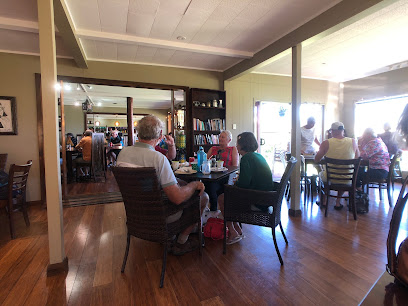
Hilli Restaurant & Cafe
Experience the flavors of Norfolk Island at Hilli Restaurant & Cafe, where fresh ingredients and stunning views create unforgettable dining moments.
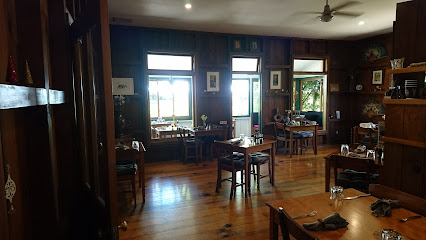
Governor's Lodge
Experience the beauty and tranquility of Norfolk Island at Governor's Lodge, where comfort meets nature in a stunning resort setting.
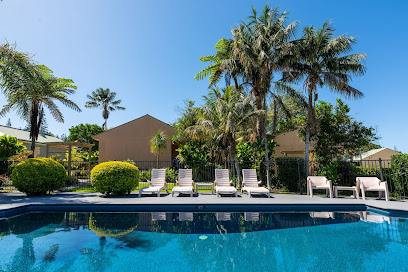
Bounty Bar & Grill
Discover the flavors of Norfolk Island at Bounty Bar & Grill, where Western cuisine meets local charm in a cozy dining atmosphere.
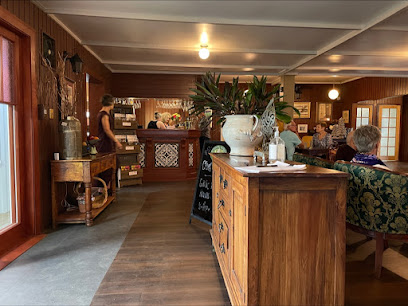
Channers On Norfolk - Norfolk Island Holiday Packages, Tours, Accommodation | Travel to Norfolk Island
Discover the beauty of Norfolk Island with Channers On Norfolk, your ideal self-catering accommodation for a relaxing getaway.
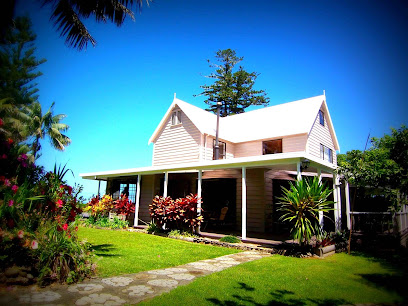
Castaway Norfolk Island & Norfolk Island Brewing
Experience the beauty and flavors of Norfolk Island at Castaway, a perfect retreat for relaxation and craft beer enthusiasts.

Aloha Apartments
Discover the tranquil paradise of Aloha Apartments on Norfolk Island, where comfort meets breathtaking landscape and rich culture.
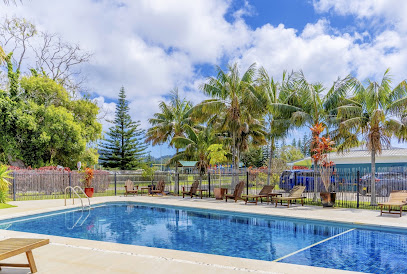
The Homestead Restaurant
Discover the rich flavors of Western cuisine at The Homestead Restaurant, a culinary gem on Norfolk Island with a welcoming atmosphere.
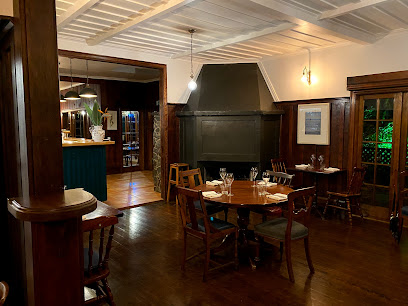
Salty Beer Garden
Discover the family-friendly charm of Salty Beer Garden, where delicious food, local brews, and a vibrant atmosphere await you on Norfolk Island.
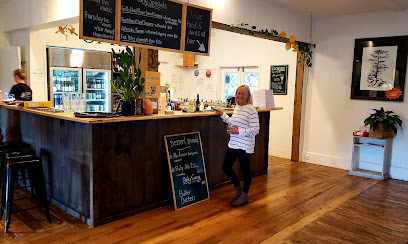
Emily Bay
Emily Bay: A serene coastal paradise on Norfolk Island, perfect for swimming, snorkeling, and leisurely beach days.
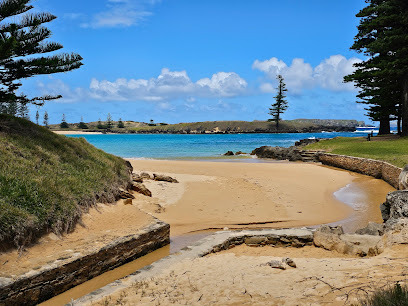
The Hilli Goat
Discover The Hilli Goat, Norfolk Island's premier farm-to-table dining experience, featuring fresh goat cheese and breathtaking views.
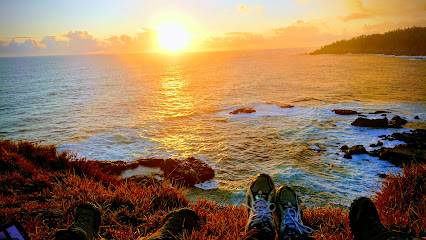
Endeavour Lodge
Discover the tranquil beauty of Norfolk Island at Endeavour Lodge, where modern comforts meet breathtaking views in a serene getaway.

Fletcher’s Mutiny Cyclorama
Explore the captivating history of Norfolk Island at Fletcher’s Mutiny Cyclorama, a unique heritage museum showcasing stunning panoramic artwork.

Black Anchor Bar
Experience the vibrant nightlife at Black Anchor Bar on Norfolk Island, where exceptional drinks meet a lively atmosphere.
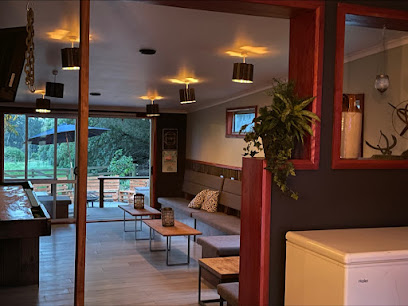
Forrester Court Norfolk Island
Experience the perfect blend of luxury and nature at Forrester Court Norfolk Island, offering stunning views and exceptional serviced accommodations.

Local Phrases
-
- HelloG'day
[g'day] - GoodbyeSee ya
[see ya] - YesYea
[yea] - NoNah
[nah] - Please/You're welcomePlease
[please] - Thank youTa
[ta] - Excuse me/SorrySorry
[sor-ree] - How are you?How ya goin'?
[how ya goin'] - Fine. And you?Good. You?
[good. you?] - Do you speak English?Ya speak English?
[ya speak english?] - I don't understandDunno what ya mean
[dunno what ya mean]
- HelloG'day
-
- I'd like to see the menu, pleaseMenu please
[menu please] - I don't eat meatNo meat for me
[no meat for me] - Cheers!Cheers!
[cheers!] - I would like to pay, pleasePay please
[pay please]
- I'd like to see the menu, pleaseMenu please
-
- Help!Help!
[help!] - Go away!Piss off!
[piss off!] - Call the Police!Police!
[police!] - Call a doctor!Doctor!
[doctor!] - I'm lostLost
[lost] - I'm illSick
[sick]
- Help!Help!
-
- I'd like to buy...Wanna buy...
[wanna buy...] - I'm just lookingJust lookin'
[just lookin'] - How much is it?How much?
[how much?] - That's too expensiveToo dear
[too dear] - Can you lower the price?Lower price?
[lower price?]
- I'd like to buy...Wanna buy...
-
- What time is it?What's the time?
[what's the time?] - It's one o'clockOne o'clock
[one o'clock] - Half past (10)Half ten
[half ten] - MorningMornin'
[mornin'] - AfternoonArvo
[arvo] - EveningEvenin'
[evenin'] - YesterdayYest'day
[yest'day] - TodayToday
[today] - TomorrowTomorra
[tomorra] - 1One
[one] - 2Two
[two] - 3Three
[three] - 4Four
[four] - 5Five
[five] - 6Six
[six] - 7Seven
[seven] - 8Eight
[eight] - 9Nine
[nine] - 10Ten
[ten]
- What time is it?What's the time?
-
- Where's a/the...?Where's...?
[where's...?] - What's the address?Address?
[address?] - Can you show me (on the map)?Show me (on the map)?
[show me (on the map)?] - When's the next (bus)?Next (bus)?
[next (bus)?] - A ticket (to ....)Ticket (to ...)
[ticket (to ...)]
- Where's a/the...?Where's...?
History of Ball Bay
-
Ball Bay, located on the southeastern coast of Norfolk Island, was discovered during the early exploration of the Pacific by European navigators. Named after Lieutenant Henry Lidgbird Ball, who commanded the HMS Supply, Ball Bay was first charted in 1788. This natural harbor became an important point of interest for early settlers and explorers due to its strategic location and access to the sea.
-
During the early 19th century, Ball Bay became closely linked with Norfolk Island's history as a penal colony. Established as a secondary punishment location for the most intractable convicts, the bay was used for the landing of supplies and transportation of prisoners. The harsh conditions and isolation of the island made Ball Bay a crucial part of the convict settlement infrastructure.
-
In the mid-1800s, Ball Bay played a significant role in the whaling industry. The bay served as a convenient anchorage for whaling ships operating in the South Pacific. Many of these vessels would come ashore to resupply and repair, contributing to the local economy. The remnants of this era can still be seen in the form of old whaling stations and artifacts scattered around the bay.
-
During World War II, Ball Bay gained strategic importance once again. Norfolk Island was utilized as a key point for Allied forces in the Pacific theater. Ball Bay served as a landing and refueling point for aircraft and ships. The infrastructure developed during this period, including airstrips and military installations, significantly impacted the region's development.
-
Today, Ball Bay is a serene and picturesque location that attracts visitors with its natural beauty and historical significance. The bay is popular for various recreational activities, including fishing, boating, and snorkeling. Efforts have been made to preserve the historical sites and cultural heritage of Ball Bay, making it a fascinating destination for history enthusiasts and travelers alike.
Ball Bay Essentials
-
Ball Bay in Norfolk Island is accessible by air via the Norfolk Island Airport (NLK). There are regular flights from Australia (Sydney and Brisbane) and from New Zealand (Auckland). Once you arrive at the airport, Ball Bay is just a short drive away. Taxis and rental cars are available at the airport to take you to your accommodation.
-
Transportation around Ball Bay and Norfolk Island is primarily via rental cars, as public transport options are limited. Taxis are also available but can be more expensive. Bicycles and scooters can be rented for shorter trips and are a popular way to explore the island. Driving is on the left side of the road, and a local driver's license is required, which can be obtained easily upon arrival.
-
The official currency of Norfolk Island is the Australian Dollar (AUD). Credit cards are widely accepted in most hotels, restaurants, and shops. However, it's advisable to carry some cash for smaller establishments and markets. ATMs are available, but it’s a good idea to withdraw sufficient cash before arriving on the island to avoid any inconvenience.
-
Ball Bay and Norfolk Island are generally very safe for tourists. Crime rates are low, but it is always wise to take standard precautions such as not leaving valuables unattended and avoiding isolated areas at night. There are no specific high-crime areas targeting tourists, but staying vigilant and aware of your surroundings is always best practice.
-
In case of emergency, dial 000 for immediate assistance, which connects you to police, fire, and medical services. The local hospital is Norfolk Island Health and Residential Aged Care Service (NIHRACS) located in Burnt Pine. It is recommended to have travel insurance that covers medical emergencies. For minor health issues, there are pharmacies available on the island.
-
Fashion: Do dress comfortably and casually. Lightweight clothing is ideal for the warmer months, and a light jacket or sweater for cooler evenings. Avoid overly revealing clothing as it may be considered disrespectful. Religion: Do respect local customs and traditions, especially when visiting historical and cultural sites. Public Transport: Do plan your trips around the limited public transport options. Renting a car is advised for convenience. Greetings: Do greet locals with a friendly ‘hello’ or ‘g’day’. Handshakes are also common. Eating & Drinking: Do try the local cuisine and seafood. Norfolk Island has a variety of fresh produce. Don’t forget to respect local dining customs and always thank your hosts.
-
To experience Ball Bay like a local, visit the markets such as the Sunday Market in Burnt Pine for fresh produce and local crafts. Engage with the locals who are often friendly and willing to share the island’s history and stories. Don’t miss out on local fish fries and traditional dishes. Exploring the island’s walking trails and secluded beaches can offer a more intimate experience of Norfolk Island’s natural beauty.
Trending Landmark in Ball Bay
-
The Olive
-
Hilli Restaurant & Cafe
-
Norfolk Island
-
Captain Cook Lookout
-
Cumberland Resort and Spa
-
Channers On Norfolk - Norfolk Island Holiday Packages, Tours, Accommodation | Travel to Norfolk Island
-
Norfolk Island National Park
-
Aloha Apartments
-
Norfolk Island International Airport
-
St Barnabas Chapel
-
Visitor Information Centre
-
Queen Elizabeth Lookout
-
Hundred Acres Reserve
-
No 10 Quality Row House Museum
-
Emily Bay
Nearby Cities to Ball Bay
-
Things To Do in Kingston
-
Things To Do in Cascade
-
Things To Do in Burnt Pine
-
Things To Do in Phillip Island
-
Things To Do in Nouméa
-
Things To Do in Tadine
-
Things To Do in La Foa
-
Things To Do in Bourail
-
Things To Do in Paihia
-
Things To Do in Whangarei
-
Things To Do in Hienghène
-
Things To Do in Isangel
-
Things To Do in Lenakel
-
Things To Do in Auckland
-
Things To Do in Hamilton








